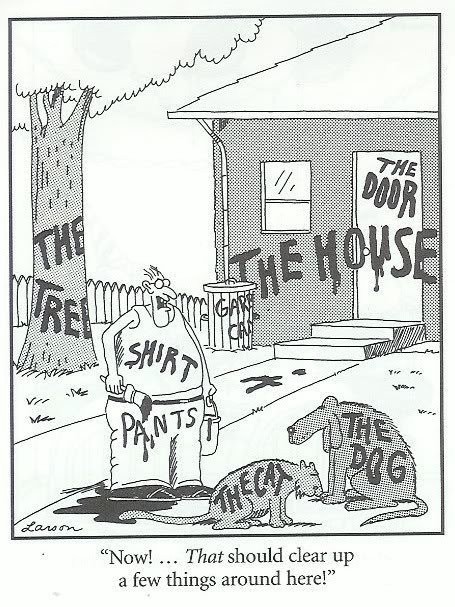/**
* Creates a LatLong object from a String, using a specific separator.
* The format is <latitude><separator><longitude>.
* @param s the String to parse
* @param sep the separator
* @return the new LatLong object
*/
public static LatLong valueOf(final String s, final String sep) {
final int pos = s.indexOf(sep);
if (pos < 0) {
throw new IllegalArgumentException("No '" + sep + "' in " + s);
}
final double lat = Double.valueOf(s.substring(0, pos).trim());
final double lon = Double.valueOf(s.substring(pos + sep.length()).trim());
return new LatLong(lat, lon);
}Documentation

IT1901 Fall 2020 - 9th lecture
Overview
Documentation
Markdown
Gitlab Flavoured Markdown (GFM)
PlantUML
Documentation
Documentation
is an important part of software development
a way to ensure software quality
several levels of documentation
Note: In IT1901 we also look if the documentation is original. You should not just copy paste the documentation from the examples and just rename things to match your project.
Types of documentation
Design documentation
API specifications ( if applicable)
readme files
contribution guide
frequently asked questions (faq)
wiki
comments ( including Javadoc )
Who is reading the documentation
the developer him/herself
other developers
future maintainers of the software product
external users (e.g. some provided API)
others within the company / institution (testers, deployment )
….
How is documentation improving the quality
allow new team members to be productive faster
increase qualities such as maintainability and transferability
saves time for both other contributors and initial dev
Readme files
give overview information regarding a project, subproject, module
normally contains info about the role, contents, build details, dependencies and interactions with other parts / modules
it is a way to provide needed contextual information that otherwise is not apparent from just looking at the source code
Comments (1)
allow adding documentation in close proximity with the code
they should not be a way to cope with bad naming or "special" assumptions in the code
the standardized comments such as JavaDoc allow additional benefits such as code completion
Comments (2)
Comments (3)
Over-documenting
documentation needs to be concise
redundant documentation will result in maintenance overhead
if some entity / operation is clear and self then it does not normally need additional documentation

https://miro.medium.com/max/1138/1*Pyxsc7Uixbitv5myywaA_Q.jpeg (Gary Larson comic)
Markdown
Markdown
Markdown is a lightweight markup language with plain text formatting syntax. Its design allows it to be converted to many output formats, but the original tool by the same name only supports HTML. Markdown is often used to format readme files, for writing messages in online discussion forums, and to create rich text using a plain text editor.
Markdown Syntax
Gitlab Flavoured Markdown (GFM)
Gitlab Flavoured Markdown (GFM)
Why text based documentation
it is easier to modify and we do not need any special editors
it can be versioned same way as the code
holding documentation in the repository and updating it will allow consulting the repository contents with the correct documentation for that snapshot in time
Plant UML
open source tool for UML diagrams
it takes a textual description and produces a diagram
supported within markdown in GitLab
uses Graphviz to lay out the diagrams

